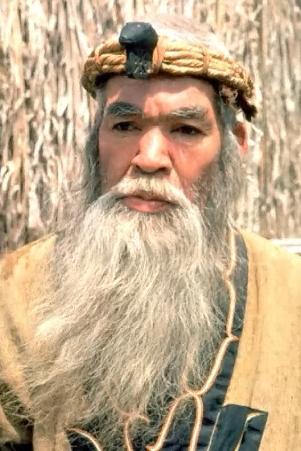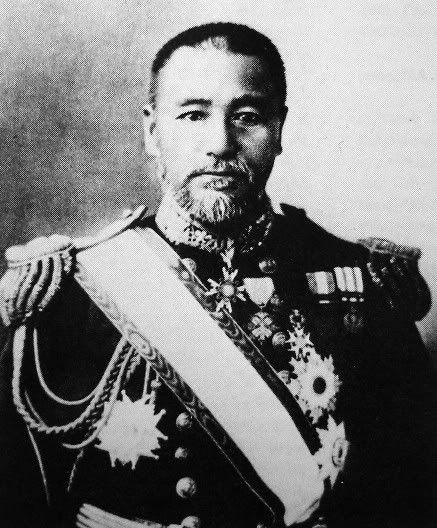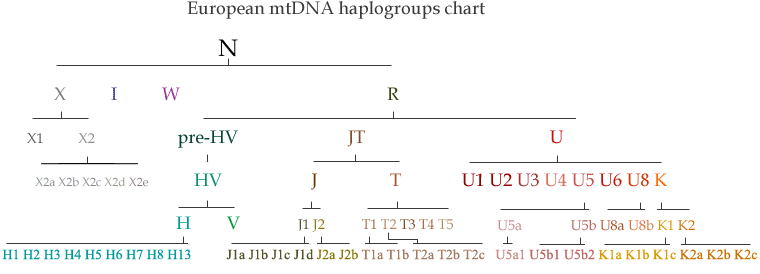Sounds like Vikings to me?1. In northern Japan, on the island of Hokkaido and a part of the Russian Sakhalin Island, lives a mysterious ethnic group, called Ainu, whose origins represents a mystery. They are very distinct from the Japanese people and, before the Tungus invasion coming from mainland Asia (Korea and northern China), the whole archipelago was inhabited by Ainu.
Ainu are shorter than the Japanese people, with lighter skin, robust body and short limbs. Unlike typical Mongoloids, their hair is wavy and the body hair is abundant; men wear large beards and mustaches, considered a sign of beauty, to the point that married women tattoo their lower face to mimic a beard. Ainu have not such pronounced almond-shaped eyes and lack the Mongoloid fold of the eye; the nose is large and straight. All these point to their origin in Polynesia or southeastern Asia.
2. One of the strangest Ainu habit is the cult of the bear. Bears are considered powerful spirits which can act on the benefit of the people. When Ainu manage to capture a bear cub, a woman is charged to take care of it as if a child: the little bear lives and grows amongst the people of the village, getting accustomed to them. When it is 2-3 years old, the bear is sacrificed. The men drink its blood to get its power, and then they cut the head off and then fly the skin of the bear. Later, during family ceremonies, the bear skin occupies a prominent place, and food and drink is offered to it like to an honored guest. The bear was considered by the Ainu the mythological hero that taught them to fish, hunt, weave and so on.


Typical mainstream says they are South East Asian or Polynesian, but I never saw a Polynesian or South East Asian who looked like that with such a beard. I saw plenty of Russians like that though.
Could it be the white man can claim Japan as a country for himself?
Maybe that is why white people feel such a longing for Japan?







